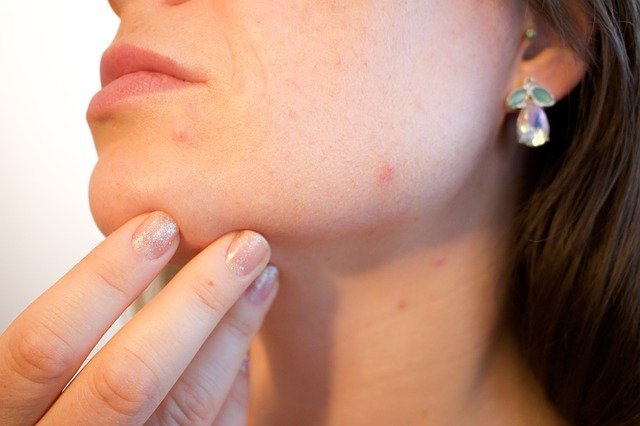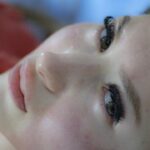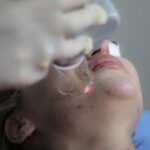Acne is a disorder of skin affecting millions of people belonging to different age groups. It is usually noticed in adolescents aged from nine and above and stops after Signs One Should Look At For Proper Diagnosis of Acne Disorders in teens but in some it even continues in adult years. It can be a mild case of acne or a severe one and can occur anywhere on the body- face, chest, and butts or even on the whole body.
Acnes can be broadly classified in two categories- inflammatory and non-inflammatory. The inflammatory acne occurs due to inflammation of whiteheads causing red pimples and pustules which leave scars on the face, neck, back, chest and other affected regions. They require prescribed medicines and surgery for treatment. The non-inflammatory acne is less severe but more wild. They do not even require prescribed medicines for the treatment as they can be cured with simple pimple remedies.
Every type of acne have its own characteristic symptoms, thus, their treatment also varies accordingly depending on the severity. Following signs should be given a note while diagnosing the disorder:
1. Recurring pimples which persist for a longer time with swellings and res spots coming back. The swellings have pus filled in them. People usually have pimples on chest, shoulders, neck, chest, face and the back.
2. Development of red swellings or lumps filled with pus – pustules which are the secondary stage of whiteheads and blackheads.
3. Cysts– fluid filled, large inflamed lumps developing under the skin. They require immediate medical care.
4. Dark spots appear on the skin with open pores in the centre known as blackheads. They are dark in colour because of presence of skin pigment melanin inside. They are not caused because of accumulation of dirt or dust. When the follicle plug made up of dead skin, hair cells and dried sebum all combine together, they form these painful bumps or lesions on the skin.
5. Bulged skin colored spots under the skin without openings (whiteheads).
Sometimes, it might be possible that symptoms of acne are similar to other diseases. For example, initial symptoms of skin cancer are similar to acne. Acne Rosacea produces pustules (white colored, small blisters with pus) and papules (small raised bumps or lesions) similar to Acne Vulgaris but both the diseases require totally different treatments. Thus, adequate care should be taken at the time of diagnosis so that best acne treatment can be given once, the disease is correctly diagnosed.


